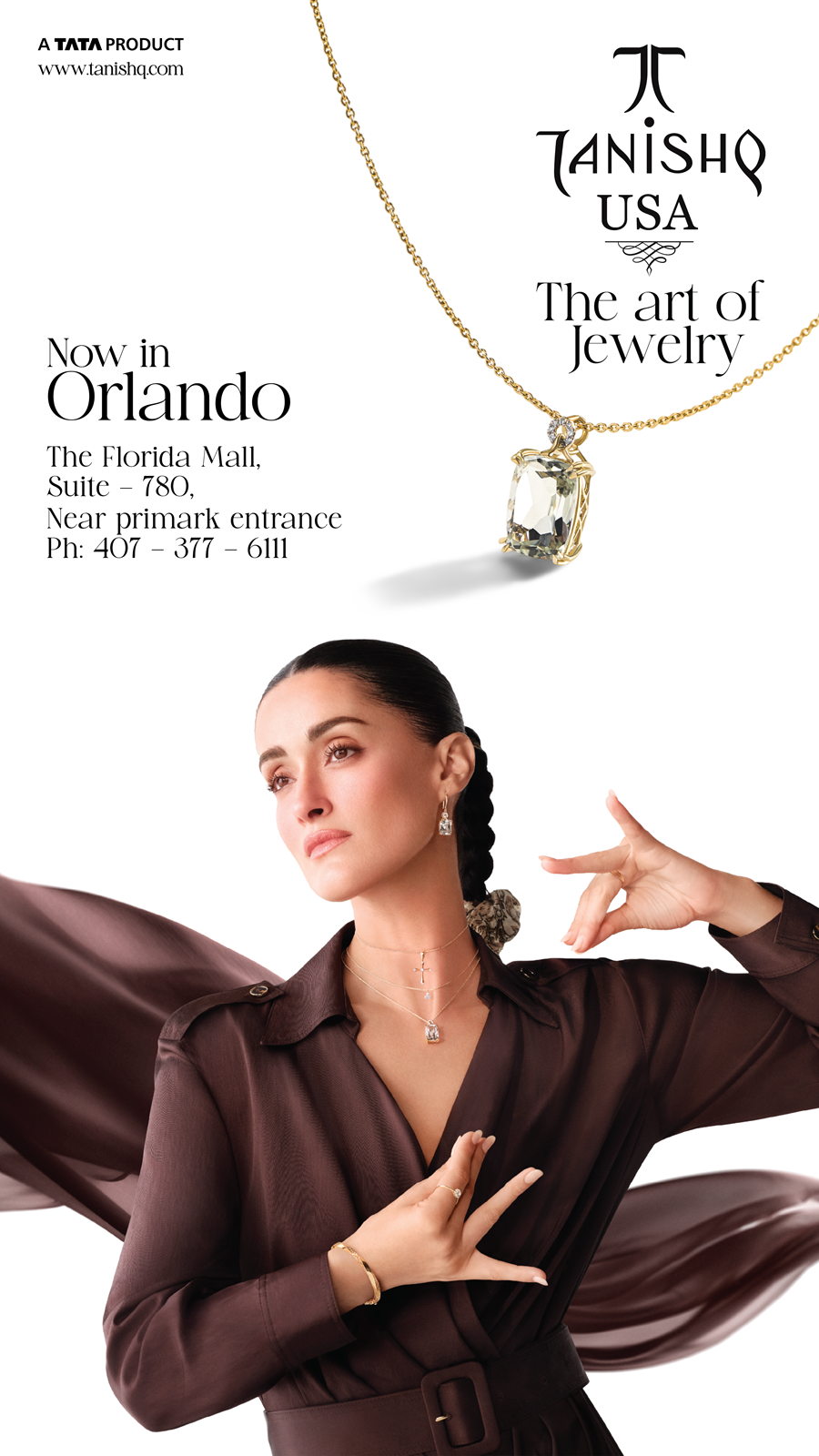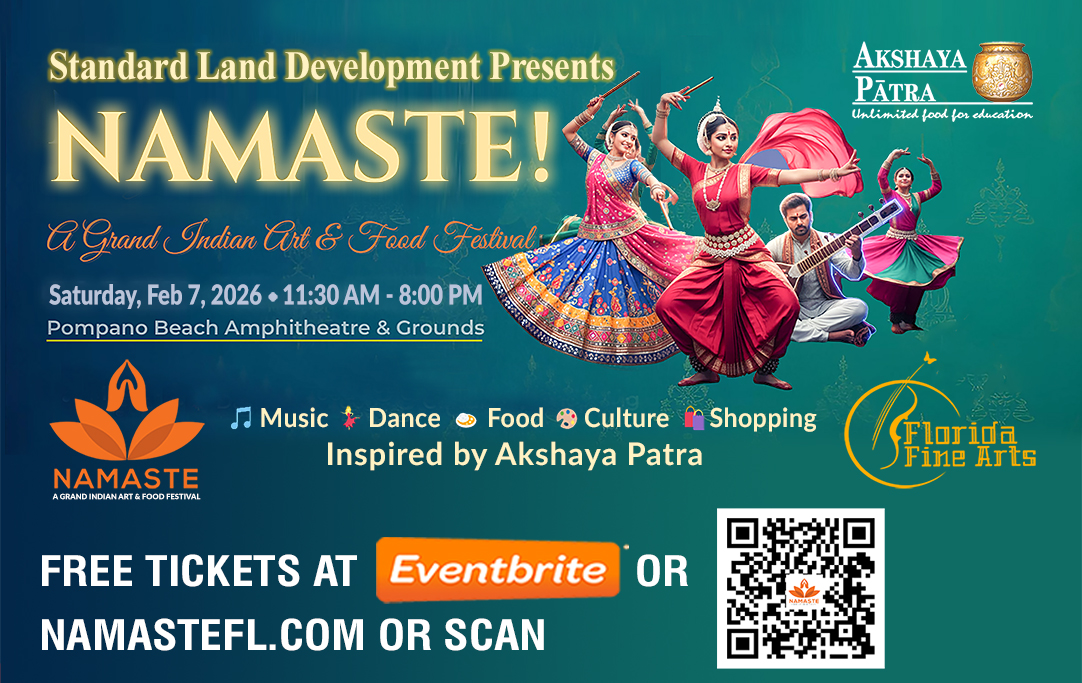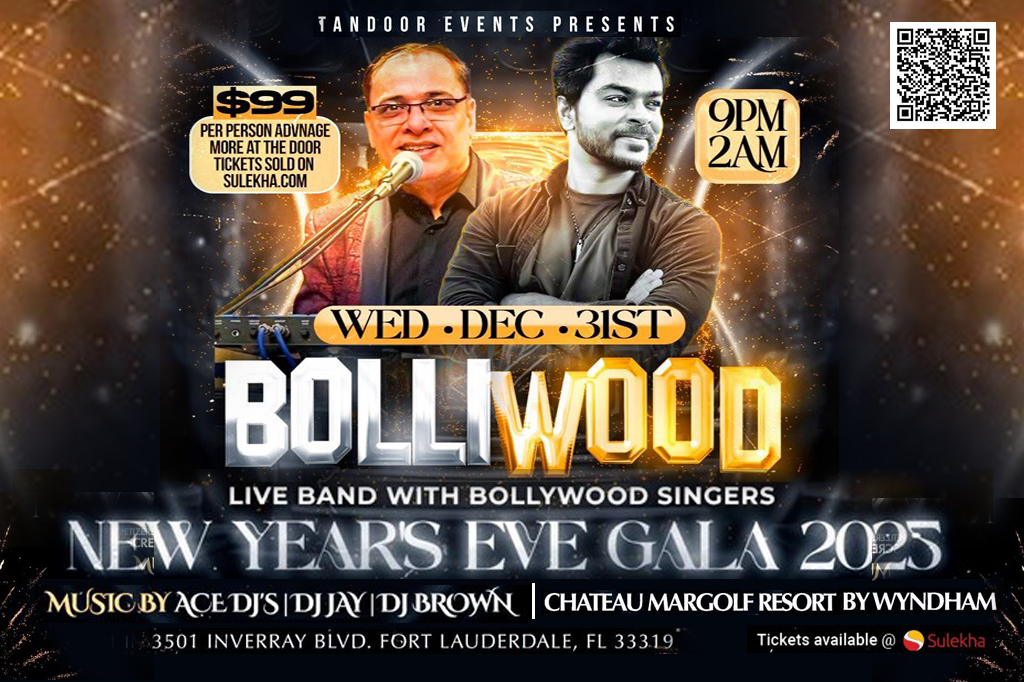Editorial September 2024
| Dear Readers,
Celebrating the Essence of Indian Weddings: Balancing Tradition and Innovation As summer comes to an end and kids prepare to go back to school, a sense of new beginnings is in the air. For many, the change in seasons marks a time of reflection and planning. Newly engaged couples are particularly excited, with many looking forward to planning their weddings for the spring of 2025. In this special wedding issue of Desh Videsh magazine, rather than focusing solely on the magazine’s contents, let’s take a closer look at Indian, and specifically Hindu, weddings in the USA. Hindu weddings are vibrant, colorful, and deeply rooted in traditions that go back centuries. They are not just a union of two individuals but a sacred bond that brings together two families and communities. The rituals, such as the Saptapadi (seven steps) and the Kanyadaan (giving away the bride), hold significant cultural and spiritual meaning. In the USA, these traditions blend with modern elements, creating a unique fusion of East and West. The use of elaborate mandaps, vibrant attire, and intricate henna designs, along with contemporary wedding themes, showcases the richness of Indian culture. These weddings are a celebration of love, heritage, and community, reflecting the diverse and multicultural society that is the hallmark of America. In the heart of America, a vibrant tapestry of Indian culture is woven, where ancient traditions meet contemporary aspirations. The Indian wedding, a cornerstone of this cultural heritage, has undergone a remarkable evolution, reflecting the unique experiences of the Indian diaspora. As we celebrate the essence of Indian weddings in the United States, it’s imperative to explore the delicate balance between tradition and innovation that defines these joyous occasions. Weddings are the ultimate celebration of love, commitment, and the union of two souls. In the Indian context, particularly the Hindu wedding concept, they are much more than just a ceremony; they are an amalgamation of traditions and rituals and an affirmation of the deep-rooted cultural values that bind families together. As Indian weddings increasingly find their place on the global stage, especially in countries like the United States, they bring with them a vibrant tapestry of colors, flavors, and traditions. Let us talk about the essence of Indian weddings, exploring how they have evolved, adapted, and yet, continue to retain their intrinsic charm and sanctity even when celebrated miles away from their homeland. The Global Appeal of Indian WeddingsIndian weddings have long been renowned for their grandeur, elegance, and elaborate rituals. These weddings’ rich traditions, passed down through generations, are characterized by meticulous attention to detail and a deep reverence for cultural heritage. These celebrations, often extending over several days, include ceremonies such as the Mehndi, Sangeet, Haldi, and the grand finale of the marriage vows. The symbolism of each ritual reflects the essence of Hindu beliefs and the cultural ethos of India. As Indian weddings become more common in countries like the United States, they provide an opportunity to share and celebrate these traditions with people from diverse backgrounds. The grandeur and intricate customs of Indian weddings fascinate and captivate those who might not be familiar with them, turning these events into cross-cultural celebrations. Non-Indian guests are often intrigued by the rituals, the significance of the different ceremonies, and the vibrant attire that marks an Indian wedding. This growing curiosity and appreciation for Indian traditions is a testament to the universal appeal of these timeless ceremonies. Adapting to New LandscapesThe Indian diaspora in the USA has played a pivotal role in keeping the traditions of Indian weddings alive, even when they are far from home. While the essence of these weddings remains intact, they have undergone some adaptations to align with the realities of celebrating in a different country. One of the most noticeable adaptations is the incorporation of Western elements into the wedding ceremony. These adaptations reflect the blending of cultures, from the exchange of English wedding vows to the inclusion of a Western-style wedding cake. The timing and duration of wedding events are another significant adaptation. In India, weddings can last several days, with multiple functions held over the course of a week. In the USA, where time constraints and work commitments are different, there is often a need to condense these celebrations. It is common to see a three-day wedding compressed into one or two days, with some ceremonies taking place concurrently. This, however, does not diminish the enthusiasm or the joy of the celebrations. Indian families have demonstrated remarkable creativity in conducting all essential rituals, albeit in slightly altered formats. The Role of TechnologyTechnology has become an integral part of modern weddings, bridging distances and connecting families and friends across the globe. For the Indian diaspora in the USA, it plays a crucial role in maintaining a connection with their roots. Live streaming of wedding ceremonies, for instance, has become commonplace, allowing relatives in India to be a part of the celebrations even if they cannot be physically present. No matter where they are in the world, virtual participation has ensured the blessings from elders and loved ones. Social media platforms have also turned into a significant aspect of wedding planning and celebrations. From creating wedding hashtags to share moments to dedicated Instagram pages that chronicle the couple’s journey of the couple, technology has revolutionized the way we celebrate weddings. It has also made it easier for couples to find and connect with vendors, stylists, and planners who specialize in Indian weddings, ensuring that every detail, no matter how small, is perfect. The Essence of TraditionDespite the adaptations and influences of modern trends, the core values and traditions of Indian weddings remain steadfast. The sacredness of rituals, the blessings of elders, the wearing of traditional attire, and the preparation of authentic Indian cuisine are all elements that are non-negotiable. These traditions serve as a reminder of the couple’s cultural heritage and the values their families have instilled in them. The sacred fire, or Agni, around which the bride and groom take their vows symbolizes purity and the divine witness to the marriage. The tying of the mangalsutra around the bride’s neck and the application of vermilion (sindoor) in her hair parting are rituals that have deep spiritual significance. These acts are not just customs; they are powerful symbols that underline the commitment and responsibility that marriage entails. The Role of FamilyFamily is at the heart of every Indian wedding. The involvement of extended family members in the planning and execution of the wedding is a hallmark of Indian culture. The bond between families, the exchange of gifts, and the support provided by relatives are what make Indian weddings so special. This sense of community, where everyone comes together to celebrate, creates an atmosphere of love and togetherness that is unique to Indian weddings. In the context of Indian weddings in the USA, this familial involvement often takes on an even more significant meaning. With many families scattered across different states or even different countries, weddings have become an opportunity for reunions and strengthening family ties. Organizing a wedding reflects the unity and love that bind Indian families, regardless of their global location. The Future of Indian WeddingsThe future of Indian weddings, especially in the diaspora, looks promising. As the younger generation takes on the mantle of preserving traditions, there is a conscious effort to honor the past while embracing the present. The blend of traditional rituals with modern elements is likely to continue, resulting in celebrations that are uniquely beautiful and culturally enriching. Indian weddings contribute to the rich mosaic of coexisting cultures in the USA, a country that celebrates diversity. Indian weddings serve as a poignant reminder of the significance of heritage, tradition, and the values that have endured across generations. As Indian weddings continue to enchant and inspire people from all walks of life, they also contribute to a broader understanding and appreciation of India’s cultural legacy. Indian weddings, whether celebrated in a small village in India or in a bustling city in the USA, are a testament to the timeless values of love, respect, and family. They are a celebration not just of two individuals coming together but of the blending of families, the passing down of traditions, and the beginning of a shared journey. Every phera, dhol beat, and sung melody represents Indian and Hinduism. And as these weddings continue to flourish across continents, they bring with them the beauty and vibrancy of India’s rich cultural heritage, making every celebration a cherished memory for a lifetime.
Raj Shah Desh-Videsh Media Group |

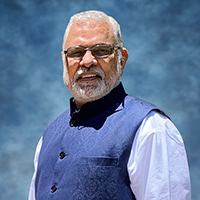

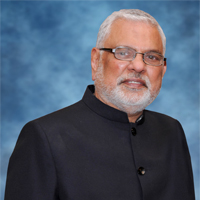 Indian weddings in the United States symbolize our cultural heritage’s enduring legacy. No matter where we are, our traditions, values, and celebrations carry forward the essence of who we are. As we continue to adapt and evolve, let us always remember to cherish the past, celebrate the present, and look forward to the future with open hearts and joyous spirits.
Indian weddings in the United States symbolize our cultural heritage’s enduring legacy. No matter where we are, our traditions, values, and celebrations carry forward the essence of who we are. As we continue to adapt and evolve, let us always remember to cherish the past, celebrate the present, and look forward to the future with open hearts and joyous spirits.



